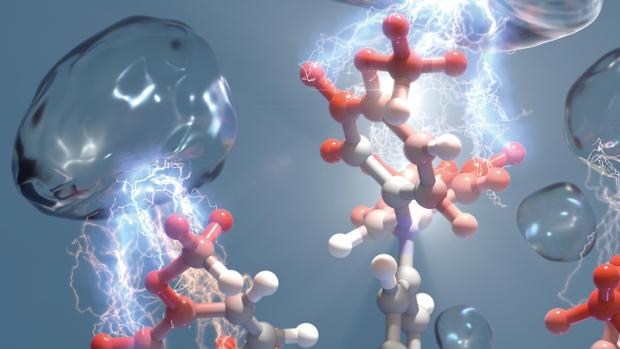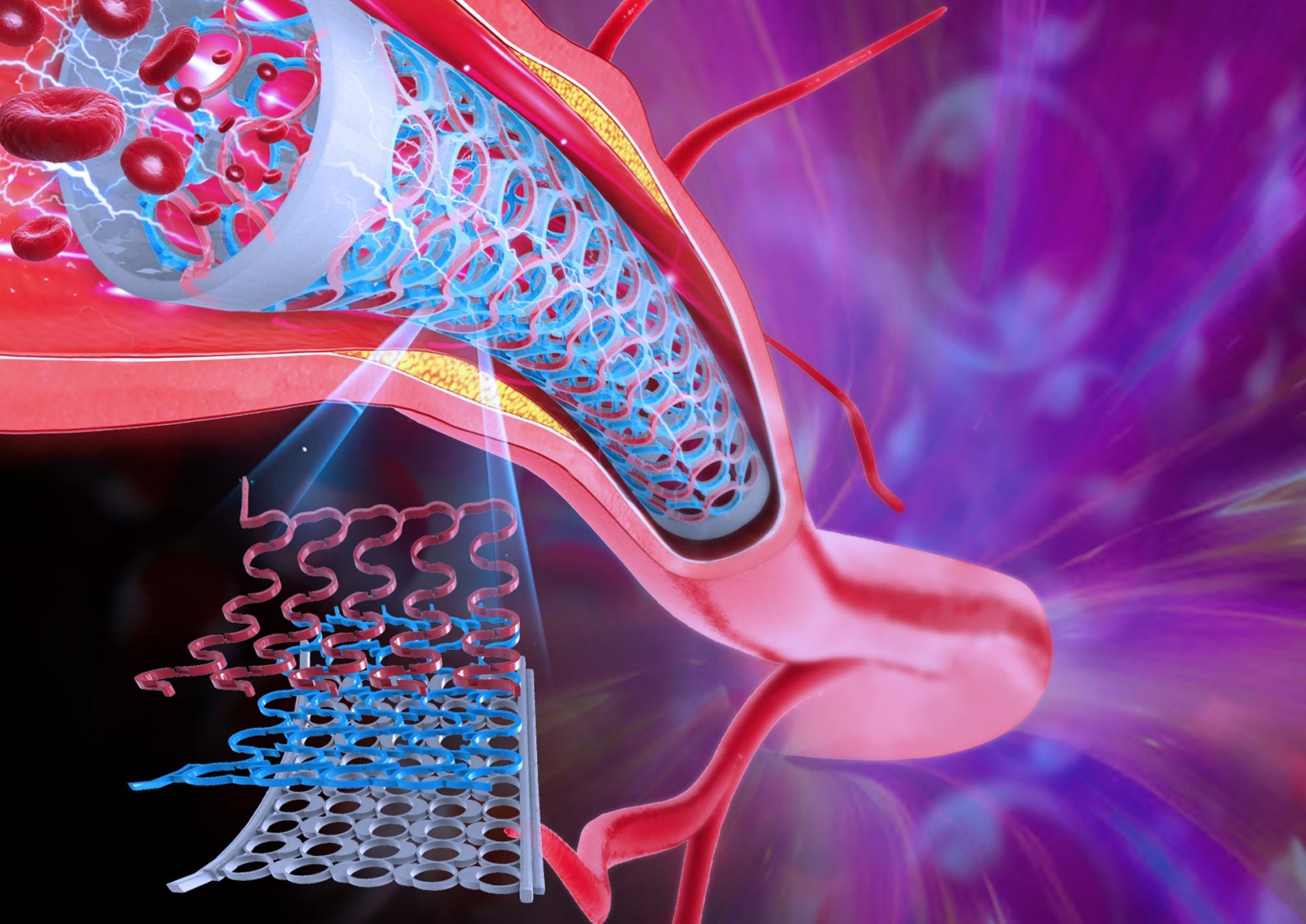(Innovative process that removes key hurdle for next-generation solar cells is also a lockbox for greenhouse gases)
2021-06-02 アメリカ合衆国・ニューヨーク大学 (NYU)

・ NYU、Samsung、イェール大学、韓国化学研究所(KRICT)、ニューヨーク市立大学院センター、韓国・圓光大学および光州科学技術院(GIST)から成る研究チームが、ペロブスカイト太陽電池の正孔輸送有機材料の p 型ドーピングプロセスで CO2 を利用する技術を開発。
・ 従来のドーピングプロセスでは、正孔輸送層の有機 p 型半導体材料である spiro-OMeTAD にリチウム塩の LiTFSl を添加して酸素と光に晒すが、これには長時間を要し、周囲環境の影響を受けやすい。正孔輸送層は、ペロブスカイト層と電極の間に配置される。
・ 新ドーピングプロセスでは、spiro-OMeTAD:LiTFSl 溶液を紫外線下で CO2 に晒す。プロセス時間を短縮し、正孔輸送層の導電性を CO2 ドープ前の 100 倍、また酸素によるドープ後の 10 倍向上させる。
・ さらに、新プロセスでドープした正孔輸送層は、ペロブスカイト太陽電池の安定性も向上させる。その一要因は、spiro-OMeTAD:LiTFSl 溶液のリチウムイオンの大部分が炭酸リチウムとして固定化されること。ドープした同溶液をペロブスカイト層にスピンキャストすることで炭酸リチウムが除去され、効率的な正孔輸送層を作る、純度の高い有機材料が得られる。
・ 過去のリチウム酸素/空気電池の研究から、酸素電極が空気に晒されて形成する炭酸リチウムが、リチウムイオンを枯渇させて電池容量を損なわせることがわかっていた。新プロセスでは、炭酸リチウムのそのような働きを活用。ペロブスカイト太陽電池の長期的な安定性を脅かす、可動イオンの生成を回避する。
・ CO2 を使用した新プロセスは、PTAA、MEH-PPV、P3HT や PBDB-T 等の他のπ-共役ポリマーのp 型ドーピングにも適用が可能。太陽電池で一般的に使用される、有機半導体の限界を押し上げる研究を進める。
・ CO2 ドーピングの適用性は、有機太陽電池、有機 EL、有機電界効果トランジスタから熱電デバイスまで、有機半導体のドーピングを必要とするあらゆるデバイスの研究を促進するものと考える。新プロセスでは CO2 を大量に使用するため、将来的に CO2 回収・貯蔵(CCS)への適用も視野に入れる。
・ 本研究は、米国科学財団(NSF)、韓国研究財団(NRF)、中国国家留学基金管理委員会(CSC)およびブ ル ッ ク ヘ ブ ン 国 立 研 究 所 (BNL) の 米 国 エ ネ ル ギ ー 省 (DOE) Center for Functional Nanomaterials(CFN)が支援した。
URL: https://engineering.nyu.edu/news/innovative-process-removes-key-hurdle-next-generation-solar-cells-also-lockbox-greenhouse
<NEDO海外技術情報より>
(関連情報)
Nature 掲載論文(アブストラクトのみ:全文は有料)
CO2 doping of organic interlayers for perovskite solar cells
URL: https://www.nature.com/articles/s41586-021-03518-y
Abstract
In perovskite solar cells, doped organic semiconductors are often used as charge-extraction interlayers situated between the photoactive layer and the electrodes. The π-conjugated small molecule 2,2′,7,7′-tetrakis[N,N-di(4-methoxyphenyl)amino]-9,9-spirobifluorene (spiro-OMeTAD) is the most frequently used semiconductor in the hole-conducting layer1,2,3,4,5,6, and its electrical properties considerably affect the charge collection efficiencies of the solar cell7. To enhance the electrical conductivity of spiro-OMeTAD, lithium bis(trifluoromethane)sulfonimide (LiTFSI) is typically used in a doping process, which is conventionally initiated by exposing spiro-OMeTAD:LiTFSI blend films to air and light for several hours. This process, in which oxygen acts as the p-type dopant8,9,10,11, is time-intensive and largely depends on ambient conditions, and thus hinders the commercialization of perovskite solar cells. Here we report a fast and reproducible doping method that involves bubbling a spiro-OMeTAD:LiTFSI solution with CO2 under ultraviolet light. CO2 obtains electrons from photoexcited spiro-OMeTAD, rapidly promoting its p-type doping and resulting in the precipitation of carbonates. The CO2-treated interlayer exhibits approximately 100 times higher conductivity than a pristine film while realizing stable, high-efficiency perovskite solar cells without any post-treatments. We also show that this method can be used to dope π-conjugated polymers.



